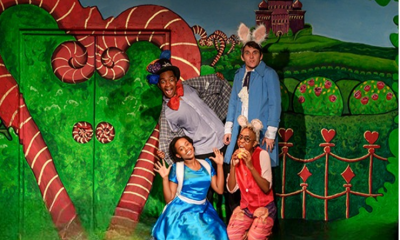Best of Johannesburg
Explore Johannesburg Zoo
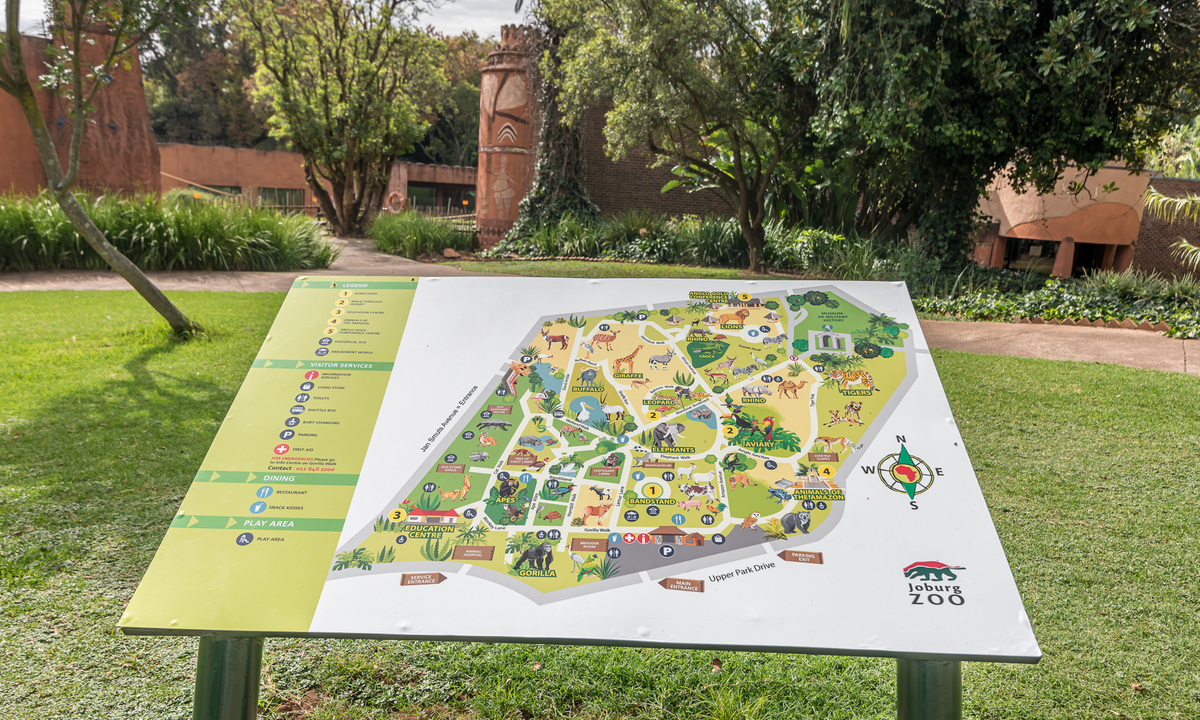
Discover the Johannesburg Zoo. A beloved local and tourist attraction nestled in Johannesburg’s lush northern suburb. Spanning 55 hectares of land, this zoo traces its roots back to 1904. It started as a generous donation of land from the late Hermann Ekstein.
The donation was for recreational use. The Johannesburg Zoo is home to a collection over 320 animal spices. This makes for a total of 2000 animals. The zoo is open 364 days a year. This includes days like Christmas, New Year’s and Easter holidays.
Its commitment to excellence is internationally recognised. They focus on maintaining exceptional animal welfare, nutrition, and ethical conduct.
Immerse yourself in the wonders of the Joburg Zoo with many enticing offers.
Everything you Need to Know About the Johannesburg Zoo!
The Rich History of the Johannesburg Zoo
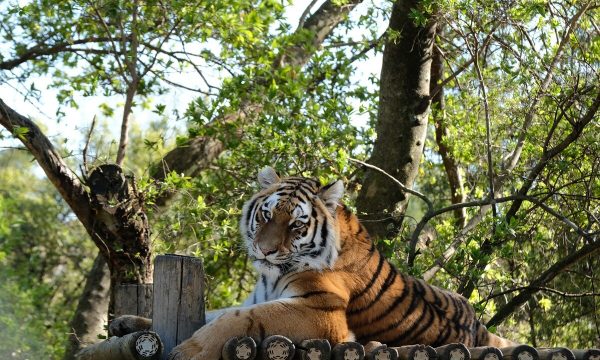
Source: Facebook / @Johannesburg Zoo
- One lion
- One leopard
- One giraffe
- Two Sable antelope bulls
- One baboon
- One genet
- One pair of Rhesus monkeys
- One pair of porcupines
- One Golden eagle
Here are more fascinating details:
- The first official enclosure, built by the Town Council, housed two young lions, with only lions and leopards accessible to the public at that time.
- In 1910, the Bandstand was constructed, hosting popular brass band music of the day.
- Between 1913 and 1915, the stone elephant and rhino house were built, along with acquiring and training one Asian elephant and one Bactrian camel for rides.
- In 1961, the zoo introduced an entrance fee for visitors over the age of 16 for the first time.
- The Johannesburg Zoo has indeed come a long way, continually striving for growth, improvement, and contribution to the welfare and conservation of its diverse animal residents.
Also Read: Best Go-Karting in Johannesburg: Top 10 Spots
Discover The Fascinating Animal Residents
The Fascinating World of Birds at Johannesburg Zoo
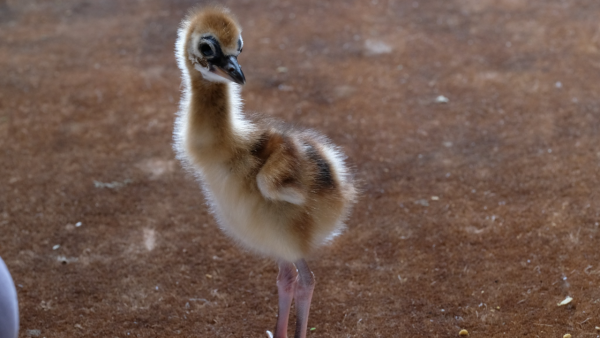
Source: Facebook / @ The Johannesburg Zoo
The Johannesburg Zoo houses an impressive bird collection with around 140 species and 36 families. Notable among them are the Anseriformes (waterfowl) and Psittaciformes (parrots).
The Anseriformes include ducks, geese, and swans, with unique features like webbed feet and waterproof feathers. The South American screamer stands out with its turkey-like body and partly-webbed feet. The waterfowl collection also includes beautiful European and Australasian swans like the Mute, Whooper, and Black swans, along with indigenous and exotic species like the Mandarin ducks, Shelducks, Whistling ducks, and Cape teal.
The Psittaciformes, or parrots, add vibrant colors and charm to the Zoo, coming from various warmer regions worldwide. This group includes macaws, cockatoos, and African parrots, often seen in the David Lewis Aviaries around the Sasol Walk-through Aviary.
Another significant family at the Zoo is the cranes, which feature important indigenous species such as the endangered Blue Crane, South Africa’s national bird. Additionally, the Grey Crowned Crane and critically endangered Wattled Crane find their home here. The Johannesburg Zoo has taken measures like the Wattled Crane Recovery Project to protect these majestic birds and support their dwindling wild population.
Also Read: The 10 Best Restaurants in Polokwane
Explore Captivating Carnivores at the Johannesburg Zoo
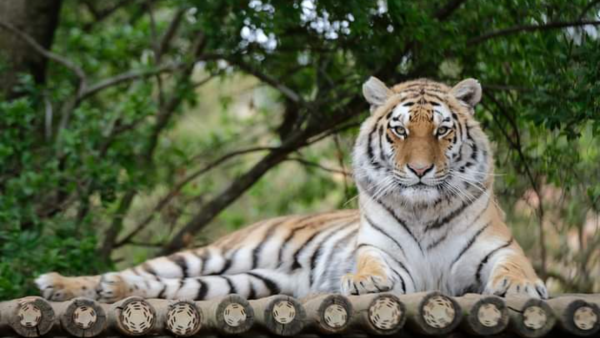
Source: Facebook / @ The Johannesburg Zoo
The term “carnivore” refers to meat-eating animals, those belonging to the order Carnivora. This includes around 270 species across 12 families. Habitat loss, poaching, and hunting endanger many carnivores.
At Johannesburg Zoo, visitors can encounter carnivores from seven families:
Dogs and their Relatives: This includes endangered wild dogs, also known as “painted wolves,” and the Fennec Fox adapted for hot climates.
Cats: The zoo is home to various cat species, both big and small, all threatened according to CITES. Small cats include the Caracal and African Wild Cat, while big cats like lions, tigers, leopards, and cheetahs can be seen.
Bears: The zoo houses Spectacled Bears, which rely heavily on vegetation for food.
Superfamily Musteloidae: This group includes Red pandas, Ring-tailed coatis, African clawless otters, and Honey badgers.
African Civets and Small Spotted Genets (Family: Viverridae): These animals share characteristics with cats and hyenas and have glands producing strong odorous oil.
Cold-Blooded Wonders at Johannesburg Zoo: Amphibians & Reptiles
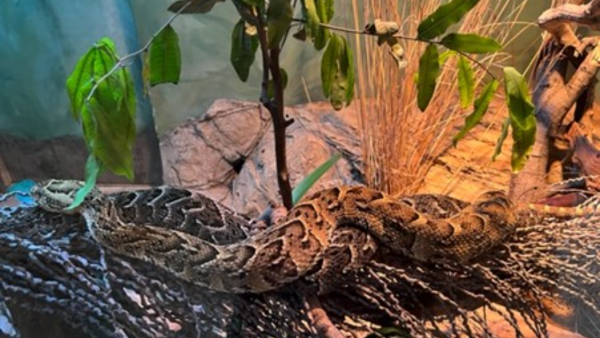
Source: Facebook / @ The Johannesburg Zoo
Johannesburg Zoo has an impressive collection of reptiles and amphibians, including venomous snakes like Black mambas and Gaboon vipers, as well as non-venomous ones like Anacondas and Burmese pythons. The zoo houses species from different parts of the world, with specially designed enclosures to meet their specific needs.
Did you know pythons use a gripping and constriction method to hunt? They coil their bodies around their prey and tighten their grip each time the prey exhales, suffocating it. Snakes swallow their food whole, using their modified lower jaw and fused upper jaw to do so, without dislocating their jaws.
Also Read: The 20 BEST Restaurants in Centurion
Hoofed Creatures at Johannesburg Zoo
The Johannesburg Zoo houses a diverse collection of hoofed mammals, both odd-toed (Perissodactyla) and even-toed (Artiodactyla). The Perissodactyla group includes equids like zebras and rhinoceroses, while the Artiodactyla group comprises pigs, hippos, camels, giraffes, cattle, antelope, deer, elephants, and hyraxes.
In the Perissodactyla group, visitors can see Burchell’s and Hartmann’s Mountain Zebras, as well as domestic Shire horses and Shetland ponies. Rhinoceroses, such as the White and Black Rhino, are also part of this group.
The Artiodactyla group features various species like Red River hogs, Common and Pygmy hippos, camels, giraffes, and antelope like Kudu, Nyala, and Impala. Deer, represented by the Axis Deer, are also found at the zoo.
Additionally, the zoo is home to African Elephants and the unique Rock Hyrax, also known as the Dassie.
Each species has specific enclosures tailored to their needs, and the zoo plays a role in conserving endangered species like Arabian Oryx and Bongo, as well as indigenous domestic bovids.
This diverse collection showcases the fascinating world of hoofed mammals and contributes to conservation efforts.
Johannesburg Zoo’s World of Primates is a captivating experience with around 200 unique species of apes, prosimians, and monkeys from Africa, South America, and South East Asia. These intelligent creatures, equipped with opposable thumbs, thrive in tropical regions but face threats from habitat loss.
The Ape House showcases great apes like gorillas, chimpanzees, bonobos, and gibbons. Chimpanzees demonstrate tool use, while gibbons stand out for their tailless bodies. Lemurs, unique to Madagascar, and bushbabies from Africa are the charming prosimians with intriguing behaviors. Monkeys, both Old and New World species, add vibrancy to the community, each with fascinating characteristics and habits.
Visiting at 10:00 AM allows observation of active apes, while other primate species can be seen throughout the day. Remember not to feed them, as they are vulnerable to human illnesses. Johannesburg Zoo’s World of Primates offers an enchanting encounter with these ancient and diverse animals.
Also Read: The 20 Best Parkhurst Restaurants
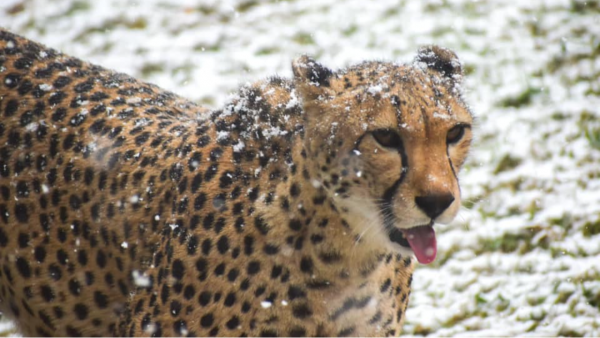
Source: Facebook / @The Fascinating Animal Residents
Johannesburg Zoo Entrance Fees From 1 July 2023 to 30 June 2024:
- Adults: R120,00
- Children: R70,00
- Senior Citizens: R70,00
- Students (Weekdays only with Student Card): R70,00
- School Groups (Per Person): R44,00
- Differently Abled People: R44,00
- Welfare Groups (Weekdays Only, Per Person): R49,50
Also Read: The 10 Top Buffet Restaurants in Johannesburg
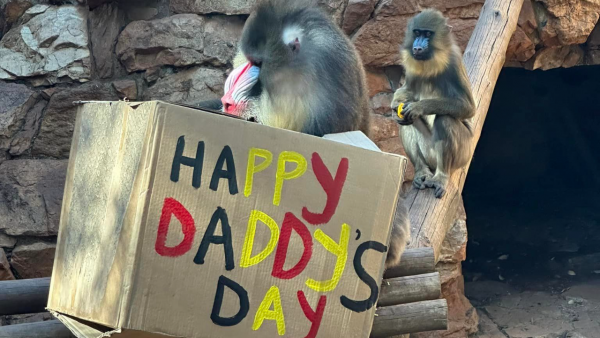
Source: Facebook / @ The Johannesburg Zoo
Johannesburg Zoo Exhibits
Explore a mesmerising assortment of creatures at The Joburg Zoo, featuring a delightful mix of feathered, scaly, and exotic animals from Madagascar and the Amazon. Get ready to explore the following exhibits:
Reptile House:
Situated on the Western side of the zoo, this newly constructed enclosure houses a diverse collection of scaly reptiles. Encounter fascinating species like the Green Mamba, the Puff Adder, and the Dwarf Crocodile up close and safely.
AngloGold Lion Enclosure:
Immerse yourself in the majesty, power, and beauty of Africa’s beloved lions at the Joburg Zoo. Witness a pride of 11 lions, including three magnificent males and their lioness companions. The zoo also proudly hosts rare white lions. Find the AngloGold Lion Enclosure towards the war museum on the northern side of the zoo.
Madagascar Enclosure:
Embark on a journey to the island of Madagascar within this unique exhibit. Discover some of the world’s most intriguing primates, exclusive to Madagascar. Among the renovated enclosures, you’ll encounter the Black and White Ruffed Lemur, the Crowned Lemur, the Ring-tailed Lemur, the Red Bellied Lemur, and the Mongoose Lemur. Head to the Madagascar enclosure, conveniently located just off Lemur Trail in the central areas of the zoo.
Animal of the Amazon:
Zoo’s latest state-of-the-art enclosure launched in April 2014. Home to creepy crawlies – reptiles, amphibians, and invertebrates. Discover the Animal of the Amazon on the eastern side.
Ape House:
Witness mankind’s closest relatives – chimpanzee, gorilla, and orangutan. Sadly endangered in the wild. Observe the captivating Chimpanzee troop, a soap opera of drama and relationships. Visit the Ape house near Cafe Fino, South Eastern side of the zoo.
Cheetah Slopes:
Meet Africa’s fastest carnivore at the cheetah slopes, along with the African Wild Dog and Ethiopian Jackal. Find them on the eastern side of the zoo, near the Temple of the Ancients.
Crocodile Country:
Discover the ancient Nile crocodile and Rock Monitor Lizard in our enclosures. Don’t miss the exciting Croc feeding times in summer. Located on Memorial Boulevard, turn left onto African Avenue to find Crocodile Country.
Also Read: The 20 Best Restaurants in Johannesburg

